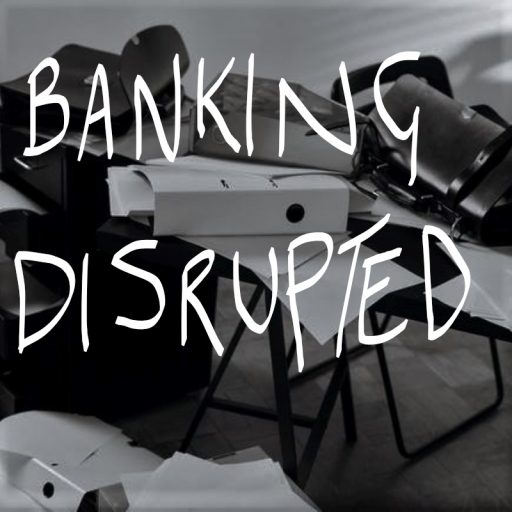The future of digital payments looks bright, with technology and regulation continuing to drive innovation across the payments industry. In addition, the increasing virtualisation of shopping, accessing services remotely through video/chat and more consumers managing money on the move, has fuelled further growth in mobile payments. According to a report by eMarketer, the global share of digital payments is expected to reach 22% of all transactions in 2023, up from 15.4% in 2019.
Digital payment growth trends vary globally. However, data across larger markets, such as the United States and China, show over 80% of consumers use digital payment methods (ACI Worldwide, People Bank of China). The significant rise in the popularity of digital payments is not just COVID-related but also a function of increasing consumer comfort levels in using mobile phones for transacting. Mobile payments offer convenience, security, and speed, and they can be used for a wide range of transactions, from small purchases to more significant transactions. Mobile payments are expected to continue to grow in popularity in the UK, with over 50% of UK consumers using their devices to make payments, according to a study by the UK Cards Association. Apple Pay and Google Pay are among the UK’s most popular mobile payment solutions.
So what are the factors that are shaping the payments market?
Contactless Payments: Contactless payments, such as those made using NFC technology, are also expected to continue growing in popularity. With the COVID-19 pandemic, contactless payments have been emphasised more as a more hygienic payment method. Contactless payments offer convenience, speed, and security, and they are particularly well-suited for small transactions
Digital Wallets: Digital wallets, such as Apple Pay, Google Pay, and Samsung Pay, are expected to become even more popular. Digital wallets offer a convenient and secure way to store payment information and make payments online and in-store. They also enable users to store loyalty cards and coupons, providing additional value. Additionally, wallets also help with “lost and stolen cards”, as replacement cards are instantaneously available on the wallet whilst waiting to receive physical cards in the post, a great customer experience
Online Payments: Online payments are also on the rise in the UK, particularly post the pandemic, with e-commerce sales increasing and consumer habits changing as the high street struggles with keeping physical stores economically viable. Also, the broader availability of Buy-Now-Pay-Later (BNPL) on more significant transactions that are undertaken online makes for a better customer experience, especially in the current high-inflation climate and the cost of living crisis. According to a report by Statista, e-commerce transactions in the UK are expected to reach over £207 billion by 2024.
Blockchain-based Payments: Blockchain-based payments, such as those using cryptocurrencies, are expected to become more prevalent over time but have not become mainstream as commercially attractive use cases are still challenging to identify. Blockchain technology offers a secure and transparent way to transfer funds, and it has the potential to revolutionise the payments industry by reducing transaction costs and increasing efficiency. This is particularly key if payments are ever to be shifted away from traditional and expensive payment rails
Open Banking: Open banking is also gaining traction in the UK, but wholesale shifts and innovation using the capability have been slow to define and execute. Open banking allows third-party providers to access customer financial data to create new products and services with the customer’s permission. Open banking can potentially increase competition and innovation in the payments industry. Recently focus on Variable recurring payment (VRP) is the latest development in UK Open Banking is another move forward in the adoption battle. VRP potentially takes one of the tedious industry pain points, subscription management through card-based recurring transactions (RTs), off the table. This payment method is more cost-effective for retailers/merchants and more convenient than card-based RTs for consumers, and it offers faster settlement and clearing than traditional direct debits (3-day cycle)
In summary, the future of digital payments looks promising, with technology continuing to drive innovation and provide new opportunities for businesses and consumers alike. As digital payments become even more ubiquitous, companies that adopt and leverage digital payment solutions will be well-positioned to succeed.




